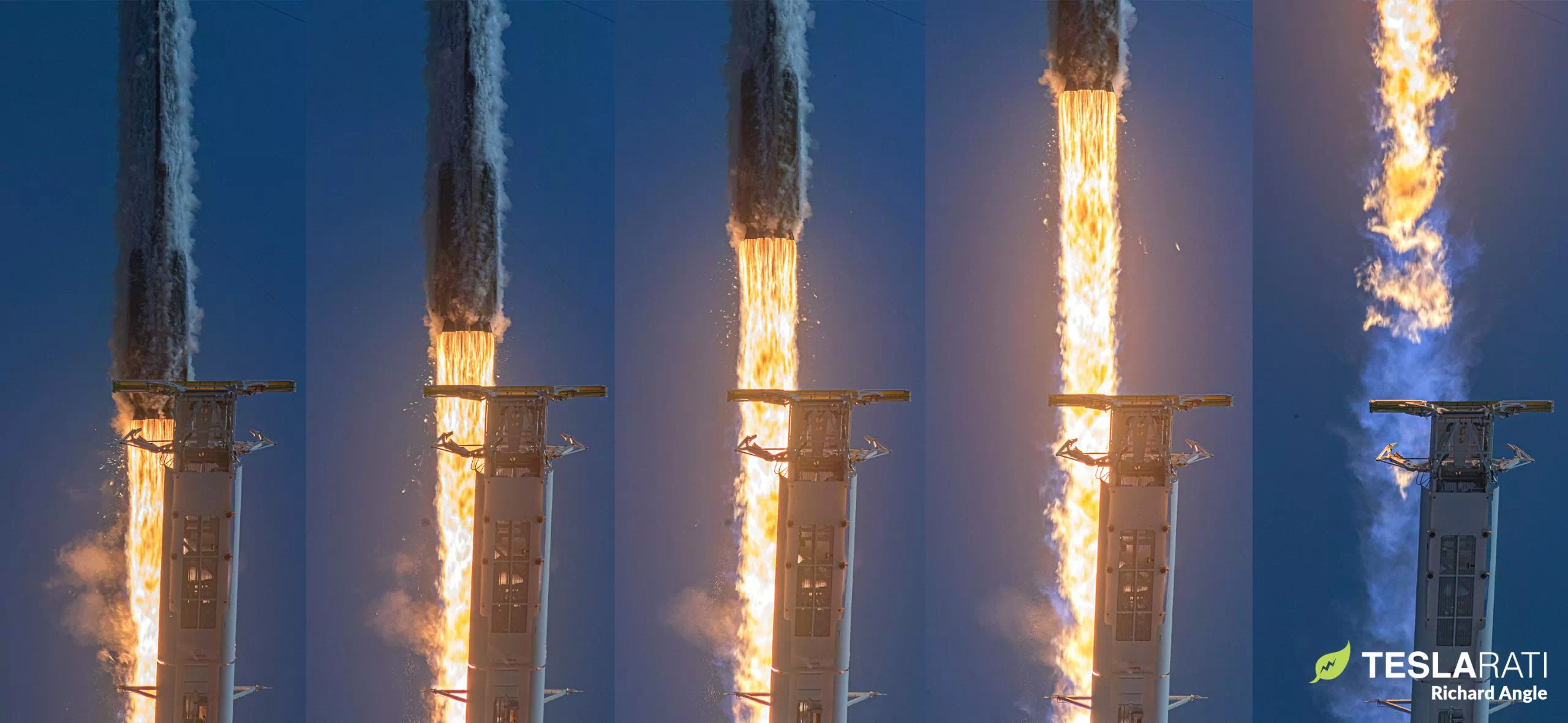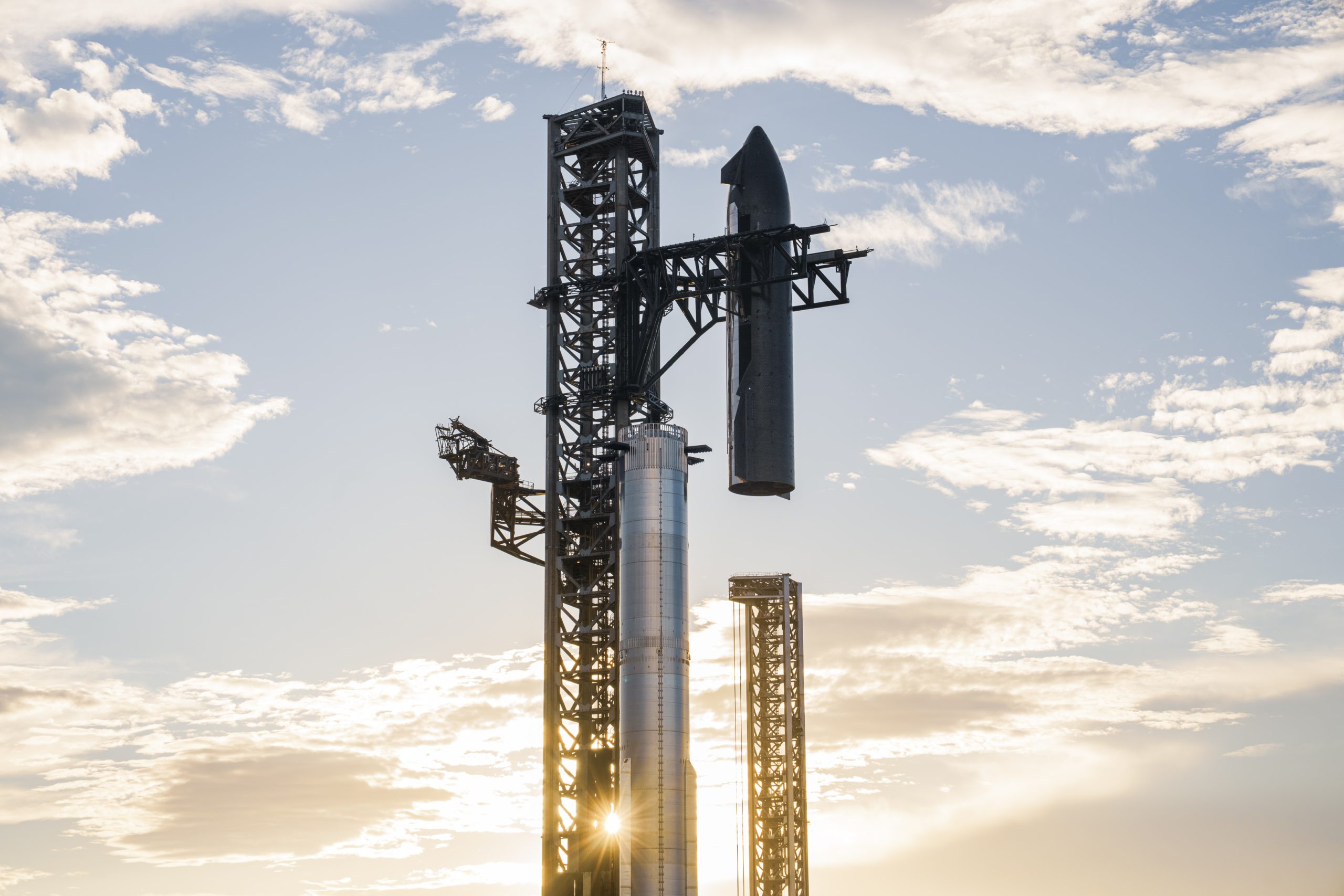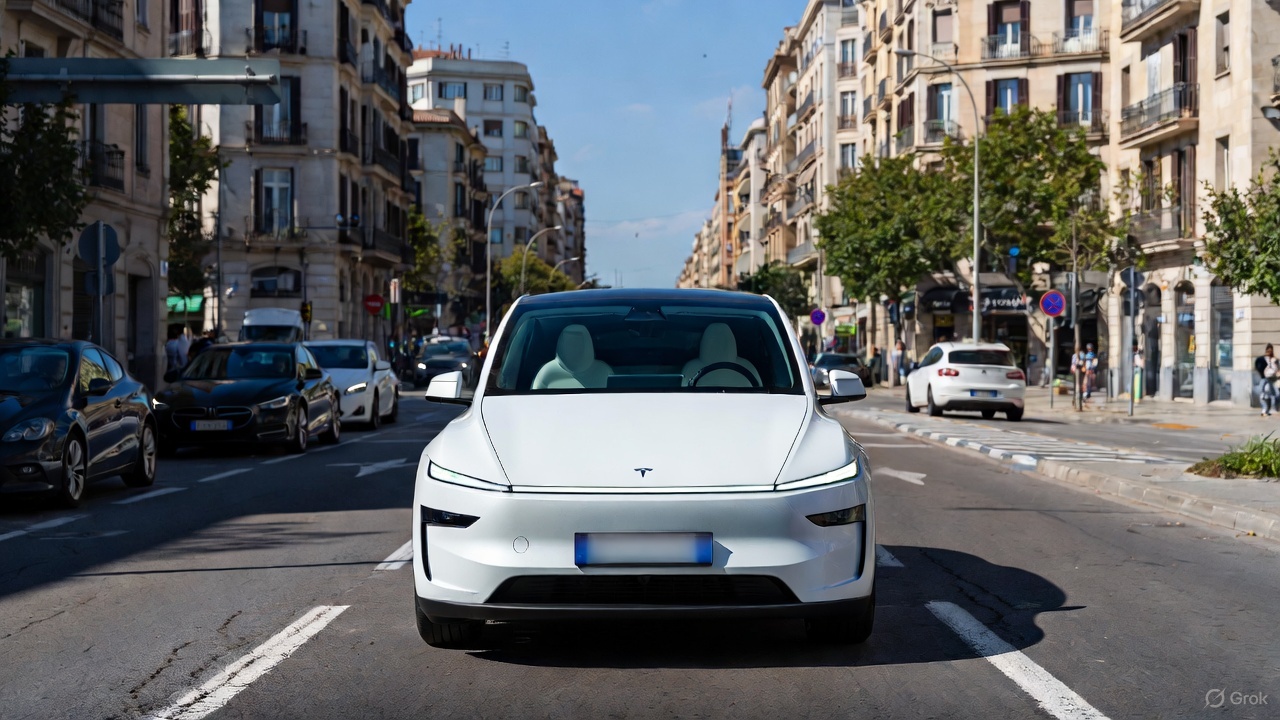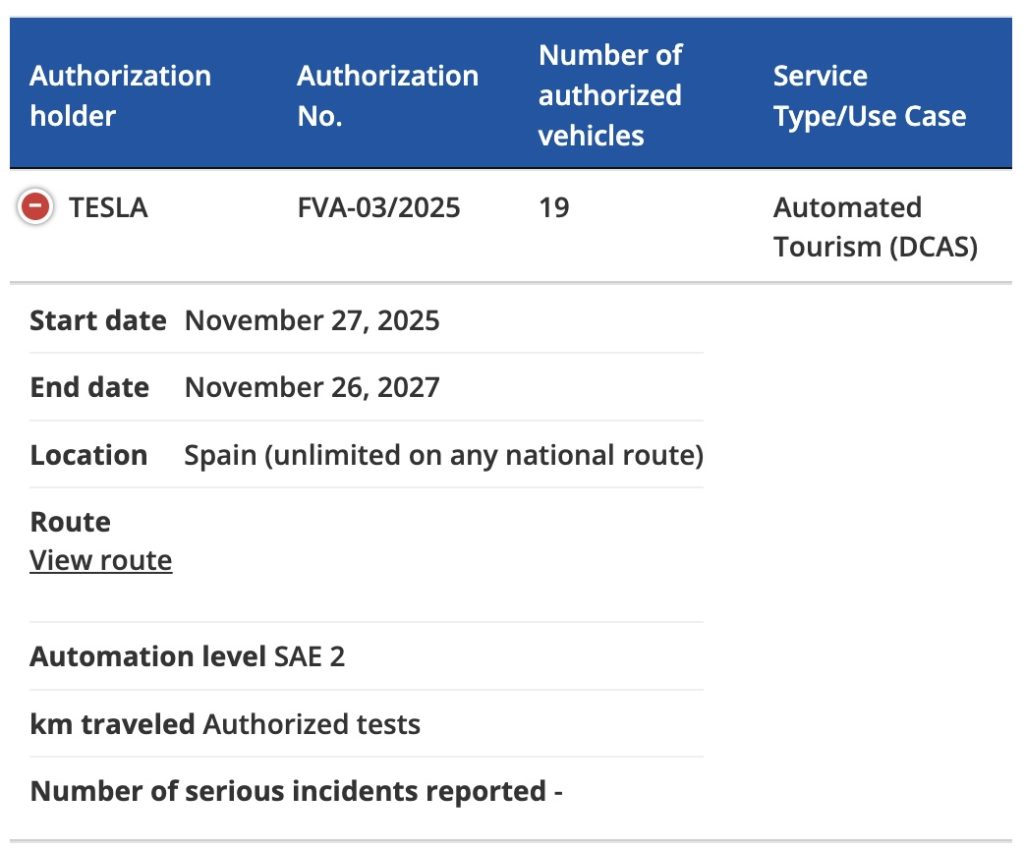

News
SpaceX settles on Thursday for first Falcon 9 launch of 2021
After a few days of delays, SpaceX appears to have settled on Thursday, January 7th for the first of several dozen Falcon 9 launches planned in 2021.
Originally scheduled to launch as early as January 4th, SpaceX’s Turksat 5A communications satellite launch was “placed TBD due to mission assurance” on January 1st – an unfortunate catch-all euphemism often used by launch providers in lieu of any real explanation for delays. Regardless, Next Spaceflight reports that Turksat 5A will be Falcon 9 B1060’s fourth launch, a milestone the first stage (booster) has reached just six months after its first flight.
Despite the minor delay, SpaceX’s current target of four launches this month is still well within reach even though the slip exemplifies the uphill battle the company will face as it aims to achieve CEO Elon Musk’s goal of 48 launches in 2021. Weather is currently 60% favorable for SpaceX’s first launch of the year and Turksat 5A is scheduled to lift off no earlier than 8:28 pm EST on January 7th (01:28 UTC, 8 Jan).
Good timing, too — the 45th said SpaceX’s next launch of Turksat was “placed TBD due to mission assurance.”— Emre Kelly (@EmreKelly) January 1, 2021
New forecast (60% favorable) and hazard area: pic.twitter.com/cEapdSd2DP— Emre Kelly (@EmreKelly) January 5, 2021
Unfortunately, SpaceX’s first launch of the new year has been steeped in unprecedented controversy for the company, including the first-ever instance of mass-protests at its Hawthorne, California factory and headquarters. The reason: Turksat 5A, while partially meant for civilian communications, will also support the Turkish military, which supported Azerbaijan after the country – unprovoked – reignited a long-simmering conflict in the Nagorno-Karabakh region in September 2020.
Stemming from events that transpired over the last several centuries, Armenian-Azeri conflict and Turkish involvement are extraordinarily complex and messy. In the 1910s and 1920s, Turkey (then the Ottoman Empire) infamously committed atrocities against Armenian, Assyrian, and Greek communities within its occupied territory in a process of “Turkification”, systematically killing 1-3 million people in what would ultimately be labeled genocide. In a separate but related conflict, Turkey eventually chose to support Azerbaijan’s claim to the ethnically (75-90%) and historically Armenian territory, backing the country against Armenia in the first Nagorno-Karabakh War in the 1990s.
Azerbaijan reignited the conflict in 2020, resulting in the deaths of at least 6000 combatants and civilians on both sides and ultimately securing a substantial portion of Nagorno-Karabakh territory as part of a November 2020 ceasefire agreement. To an extent, Nagorno-Karabakh’s borders are now more or less back to where they were before the first war in the 1990s. While an avoidable loss of life is inherently deplorable, it’s extremely difficult to say whether Azerbaijan was justified but it and Turkey’s history of systematic and discriminatory hostility towards Armenians leaves little benefit of the doubt worth giving.
Ultimately, that cloud of ambiguity makes it hard to directly fault SpaceX for choosing to launch Turksat 5A or for its contracts to launch Turksat 5B and future domestically-built satellites. Additionally, if SpaceX should be criticized for willingly launching the satellite, Airbus – contracted by Turkey to build Turksat 5A – is at least as worthy of critique but has yet to be included at all in protest discourse despite the fact that Turkey’s production contract was publicly announced in 2017.
In the history of spaceflight, a satellite that is completed but never launches is all but unheard of, as the inherent bureaucratic and financial inertia behind a launch campaign mere months away from its scheduled liftoff is obviously immense. Even if SpaceX were to accept major financial penalties and back out of its contract, Arianespace, Roscosmos, or ULA would assuredly accept any replacement contract.
For protestors still set on making an impact, the shrewd move would be to redirect attention on future Turkish satellite projects like Turksat 5B, 6A, and beyond with the intention of killing contracts in the cradle – a far more tenable goal.
Stay tuned for more launch details as SpaceX nears its first mission of 2021.

Elon Musk
SpaceX’s Starship FL launch site will witness scenes once reserved for sci-fi films
A Starship that launches from the Florida site could touch down on the same site years later.

The Department of the Air Force (DAF) has released its Final Environmental Impact Statement for SpaceX’s efforts to launch and land Starship and its Super Heavy booster at Cape Canaveral Space Force Station’s SLC-37.
According to the Impact Statement, Starship could launch up to 76 times per year on the site, with Super Heavy boosters returning within minutes of liftoff and Starship upper stages landing back on the same pad in a timeframe that was once only possible in sci-fi movies.
Booster in Minutes, Ship in (possibly) years
The EIS explicitly referenced a never-before-seen operational concept: Super Heavy boosters will launch, reach orbit, and be caught by the tower chopsticks roughly seven minutes after liftoff. Meanwhile, the Starship upper stage will complete its mission, whether a short orbital test, lunar landing, or a multi-year Mars cargo run, and return to the exact same SLC-37 pad upon mission completion.
“The Super Heavy booster landings would occur within a few minutes of launch, while the Starship landings would occur upon completion of the Starship missions, which could last hours or years,” the EIS read.
This means a Starship that departs the Florida site in, say, 2027, could touch down on the same site in 2030 or later, right beside a brand-new stack preparing for its own journey, as noted in a Talk Of Titusville report. The 214-page document treats these multi-year round trips as standard procedure, effectively turning the location into one of the world’s first true interplanetary spaceports.
Noise and emissions flagged but deemed manageable
While the project received a clean bill of health overall, the EIS identified two areas requiring ongoing mitigation. Sonic booms from Super Heavy booster and Starship returns will cause significant community annoyance” particularly during nighttime operations, though structural damage is not expected. Nitrogen oxide emissions during launches will also exceed federal de minimis thresholds, prompting an adaptive management plan with real-time monitoring.
Other impacts, such as traffic, wildlife (including southeastern beach mouse and Florida scrub-jay), wetlands, and historic sites, were deemed manageable under existing permits and mitigation strategies. The Air Force is expected to issue its Record of Decision within weeks, followed by FAA concurrence, setting the stage for rapid redevelopment of the former site into a dual-tower Starship complex.
SpaceX Starship Environmental Impact Statement by Simon Alvarez
News
Tesla Full Self-Driving (FSD) testing gains major ground in Spain
Based on information posted by the Dirección General de Tráfico (DGT), it appears that Tesla is already busy testing FSD in the country.

Tesla’s Full Self-Driving (Supervised) program is accelerating across Europe, with Spain emerging as a key testing hub under the country’s new ES-AV framework program.
Based on information posted by the Dirección General de Tráfico (DGT), it appears that Tesla is already busy testing FSD in the country.
Spain’s ES-AV framework
Spain’s DGT launched the ES-AV Program in July 2025 to standardize testing for automated vehicles from prototypes to pre-homologation stages. The DGT described the purpose of the program on its official website.
“The program is designed to complement and enhance oversight, regulation, research, and transparency efforts, as well as to support innovation and advancements in automotive technology and industry. This framework also aims to capitalize on the opportunity to position Spain as a pioneer and leader in automated vehicle technology, seeking to provide solutions that help overcome or alleviate certain shortcomings or negative externalities of the current transportation system,” the DGT wrote.
The program identifies three testing phases based on technological maturity and the scope of a company’s operations. Each phase has a set of minimum eligibility requirements, and applicants must indicate which phase they wish to participate in, at least based on their specific technological development.

Tesla FSD tests
As noted by Tesla watcher Kees Roelandschap on X, the DGT’s new framework effectively gives the green flight for nationwide FSD testing. So far, Tesla Spain has a total of 19 vehicles authorized to test FSD on the country’s roads, though it would not be surprising if this fleet grows in the coming months.
The start date for the program is listed at November 27, 2025 to November 26, 2027. The DGT also noted that unlimited FSD tests could be done across Spain on any national route. And since Tesla is already in Phase 3 of the ES-AV Program, onboard safety operators are optional. Remote monitoring would also be allowed.
Tesla’s FSD tests in Spain could help the company gain a lot of real-world data on the country’s roads. Considering the scope of tests that are allowed for the electric vehicle maker, it seems like Spain would be one of the European countries that would be friendly to FSD’s operations. So far, Tesla’s FSD push in Europe is notable, with the company holding FSD demonstrations in Germany, France, and Italy. Tesla is also pushing for national approval in the Netherlands in early 2026.
News
Tesla FSD V14.2.1 is earning rave reviews from users in diverse conditions
Tesla’s Full Self-Driving (Supervised) software continues its rapid evolution, with the latest V14.2.1 update drawing widespread praise.

Tesla’s Full Self-Driving (Supervised) software continues its rapid evolution, with the latest V14.2.1 update drawing widespread praise for its smoother performance and smarter decision-making.
Videos and firsthand accounts from Tesla owners highlight V14.2.1 as an update that improves navigation responsiveness, sign recognition, and overall fluidity, among other things. Some drivers have even described it as “more alive than ever,” hinting at the system eventually feeling “sentient,” as Elon Musk has predicted.
FSD V14.2.1 first impressions
Early adopters are buzzing about how V14.2.1 feels less intrusive while staying vigilant. In a post shared on X, Tesla owner @LactoseLunatic described the update as a “huge leap forward,” adding that the system remains “incredibly assertive but still safe.”
Another Tesla driver, Devin Olsenn, who logged ~600 km on V14.2.1, reported no safety disengagements, with the car feeling “more alive than ever.” The Tesla owner noted that his wife now defaults to using FSD V14, as the system is already very smooth and refined.
Adverse weather and regulatory zones are testing grounds where V14.2.1 shines, at least according to testers in snow areas. Tesla watcher Sawyer Merritt shared a video of his first snowy drive on unplowed rural roads in New Hampshire, where FSD did great and erred on the side of caution. As per Merritt, FSD V14.2.1 was “extra cautious” but it performed well overall.
Sign recognition and freeway prowess
Sign recognition also seemed to show improvements with FSD V14.2.1. Longtime FSD tester Chuck Cook highlighted a clip from his upcoming first-impressions video, showcasing improved school zone behavior. “I think it read the signs better,” he observed, though in standard mode, it didn’t fully drop to 15 mph within the short timeframe. This nuance points to V14.2.1’s growing awareness of temporal rules, a step toward fewer false positives in dynamic environments.
FSD V14.2.1 also seems to excel in high-stress highway scenarios. Fellow FSD tester @BLKMDL3 posted a video of FSD V14.2.1 managing a multi-lane freeway closure due to a police chase-related accident. “Perfectly handles all lanes of the freeway merging into one,” the Tesla owner noted in his post on X.
FSD V14.2.1 was released on Thanksgiving, much to the pleasant surprise of Tesla owners. The update’s release notes are almost identical to the system’s previous iteration, save for one line item read, “Camera visibility can lead to increased attention monitoring sensitivity.”









